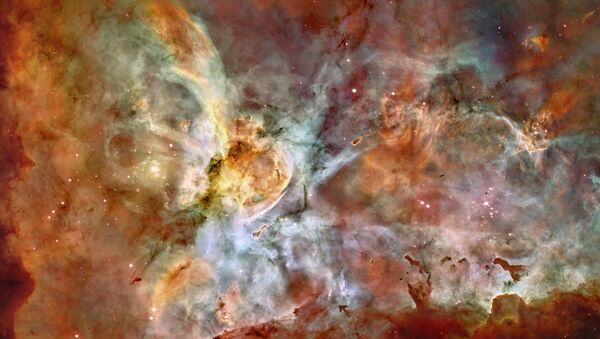Striving to learn more about a distant nebula, scientists on Earth have resorted to firing lasers into space in order to facilitate their research efforts, with the ensuing scene becoming one of the ESO's Pictures of the Week.
According to Live Science, while a pair of giant stars known as Eta Carinae, located 7,500 light years away in the Carina Nebula, has become one of the most luminous star systems in the Milky Way due to "steadily exploding in a spectacular eruption of gas and dust for nearly 200 years", observing them can be rather tricky, in no small part due to our planet's atmosphere "blurring and distorting the view of celestial objects".
What might resemble some terrible cosmic weapon in this Picture of the Week, actually represents something far more benign — a mixture of gas, dust, and powerful lasers.
— ESO (@ESO) November 9, 2020
Credit: @ESO /G. Hüdepohl https://t.co/trgXg21kaQ pic.twitter.com/6T3V6h8mmU
In order to deal with this snag, scientists fire lasers using one of the Very Large Telescope's components, in order to simulate "distant stars".
Using these simulations for practice, the researchers can then better calibrate telescopes to "correct for atmospheric blurring" when going after the real deal, the media outlet surmises.

